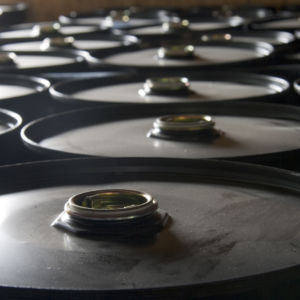When OPEC announced that it had agreed to cut production by 1.2 million barrels per day and non-OPEC producers agreed to support that initiative by cutting an additional 558,000 barrels a day, the market responded rapidly and positively. The price of crude oil has increased from the low of $40 a few months ago to about $52, an increase of more than 20 percent.
The euphoria with rising oil prices ,which is obviously good for producers, needs to be tempered with the cold hard realities of history and economics. OPEC members have been notorious for agreeing to production cuts and quotas and then cheating because OPEC lacks an enforcement mechanism. How much cheating can take place is open to question since some nations appear to be producing flat out and others could need substantial investments to boost their production.
But if any can cheat, they will. Dennis Gartman, founder of The Gartman Letter, put it succinctly: OPEC “cheats no matter what happens. They have no choice. And I think that cheating, which has been endemic to OPEC since its inception, will simply continue.”
All producing countries need revenue; Venezuela needs it desperately and Russia needs to offset to the extent possible the impact of sanctions. In addition, they all know that increased prices create an incentive to produce more where the marginal cost of production is less than the current and projected market price.
When the price of crude oil collapsed a few years ago, Saudi Arabia kept pumping to regain market share and drive out high-cost producers. Its expectation that shale oil production would be rendered uneconomic proved wrong. Shale producers have proven more resilient than most thought possible.
As prices have risen, the U.S. oil rig count has started to increase from 450 at the start of November to 510 last week, according to the American Oil and Gas Reporter. Wood Mackenzie in a December 19 UPI story said he thinks the Permian Basin (western Texas and southeastern New Mexico) could see a production increase of as much as 750,000 barrels a day in 2017. It also indicated that at prices about $50 a barrel, U.S. investment could increase “as much as 25 percent.” The OPEC agreement is at least a short-term gift to U.S. producers.
The bottom line, however, is that no one knows where oil prices will be this time next year or even six months from now. There are too many variables for accurate forecasting. What is known, however, is that the market works and if there is money to be made by producing more oil, more oil will be produced, which will put in place the forces that produce oil price cycles. Increased domestic production and inevitable cheating in the absence of strong economic growth here and in China limit 2017 price increases.

